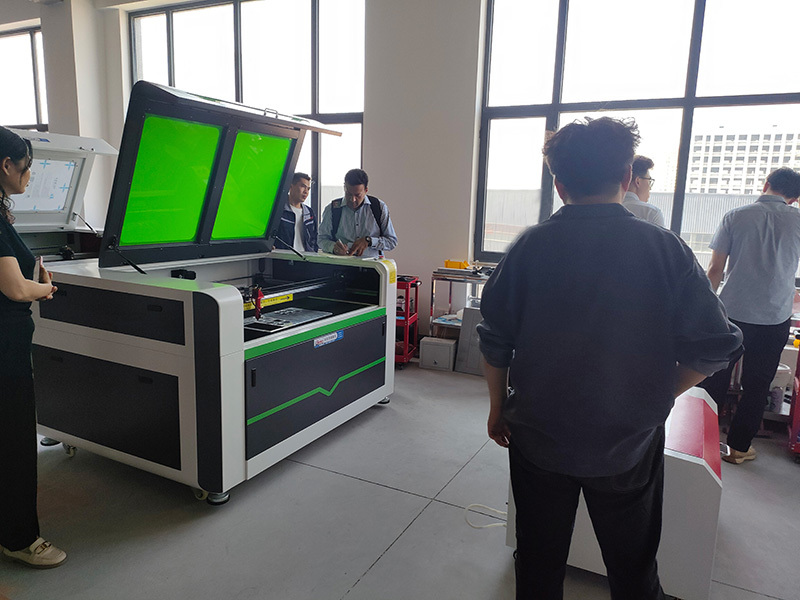Processing and inspection
Release time:
Aug 15,2024
Metal cutting types and molding methods are usually divided into: Ordinary sand cutting, including wet sand, dry sand and chemical hardening sand.
Metal cutting types and molding methods are usually divided into: ① Ordinary sand mold cutting, including wet sand mold, dry sand mold and chemical hardening sand mold. ② Special cutting, according to the molding material, can be divided into special cutting with natural mineral sand and stone as the main molding material (such as investment cutting, mud mold cutting, cutting workshop shell mold cutting, negative pressure cutting, solid mold cutting, ceramic mold cutting, etc.) and special cutting with metal as the main casting material (such as metal mold cutting, pressure cutting, continuous cutting, low pressure cutting, centrifugal cutting, etc.). The metal cutting process usually includes: ① Preparation of casting mold (the container that makes liquid metal into solid casting). The casting mold can be divided into sand mold, metal mold, ceramic mold, clay mold, graphite mold, etc. according to the material used. It can be divided into disposable mold, semi-permanent mold and permanent mold according to the number of uses. The quality of casting mold preparation is the main factor affecting the quality of castings; ② Melting and pouring of cutting metal. Cutting metal (cutting alloy) mainly includes cast iron, cast steel and cutting non-ferrous alloys; ③ Casting processing and inspection. Casting processing includes removing foreign matter from the core and casting surface, removing pouring risers, grinding burrs and protrusions such as seams, as well as heat treatment, shaping, rust prevention treatment and rough processing.
Previous
NEWS
Participate in the 2025 Shanghai International Printing Exhibition from March 4th to March 7th, 2025
Participate in the 2025 Shanghai International Printing Exhibition from March 4th to March 7th, 2025
Xinst Laser will participate in the 2025 Jinan International Advertising Exhibition from February 22nd to 24th, 2025
Sand mold cutting has a wide range of adaptability, and can be used for small and large pieces, simple and complex pieces, single pieces and large batches. Sand molds are more refractory than metal molds, so materials with higher melting points such as copper alloys and ferrous metals also use this process.
Metal cutting types and molding methods are usually divided into: Ordinary sand cutting, including wet sand, dry sand and chemical hardening sand.
When using metal cutting, the following factors must be considered comprehensively
In ancient times, China, India, Babylon, Egypt, Greece and Rome had already cut weapons, sacrificial vessels, artworks and household appliances. Early castings were made of gold, silver, copper and their alloys. The Bronze Age was a glorious page in the history of human civilization; later, cast iron parts appeared.









